As the trailer for Extraction 2 has dropped, producers Russo Brothers confirmed that the forthcoming Netflix hit contains an ultra-complex 21-minute long-take (oner) composed/stitched from 30sec-1.5minute segments of accurate sequences. Hence, Extraction 2 will break the boundaries of the first movie which held a shorter oner of ‘only’ 11 minutes and 29 seconds.
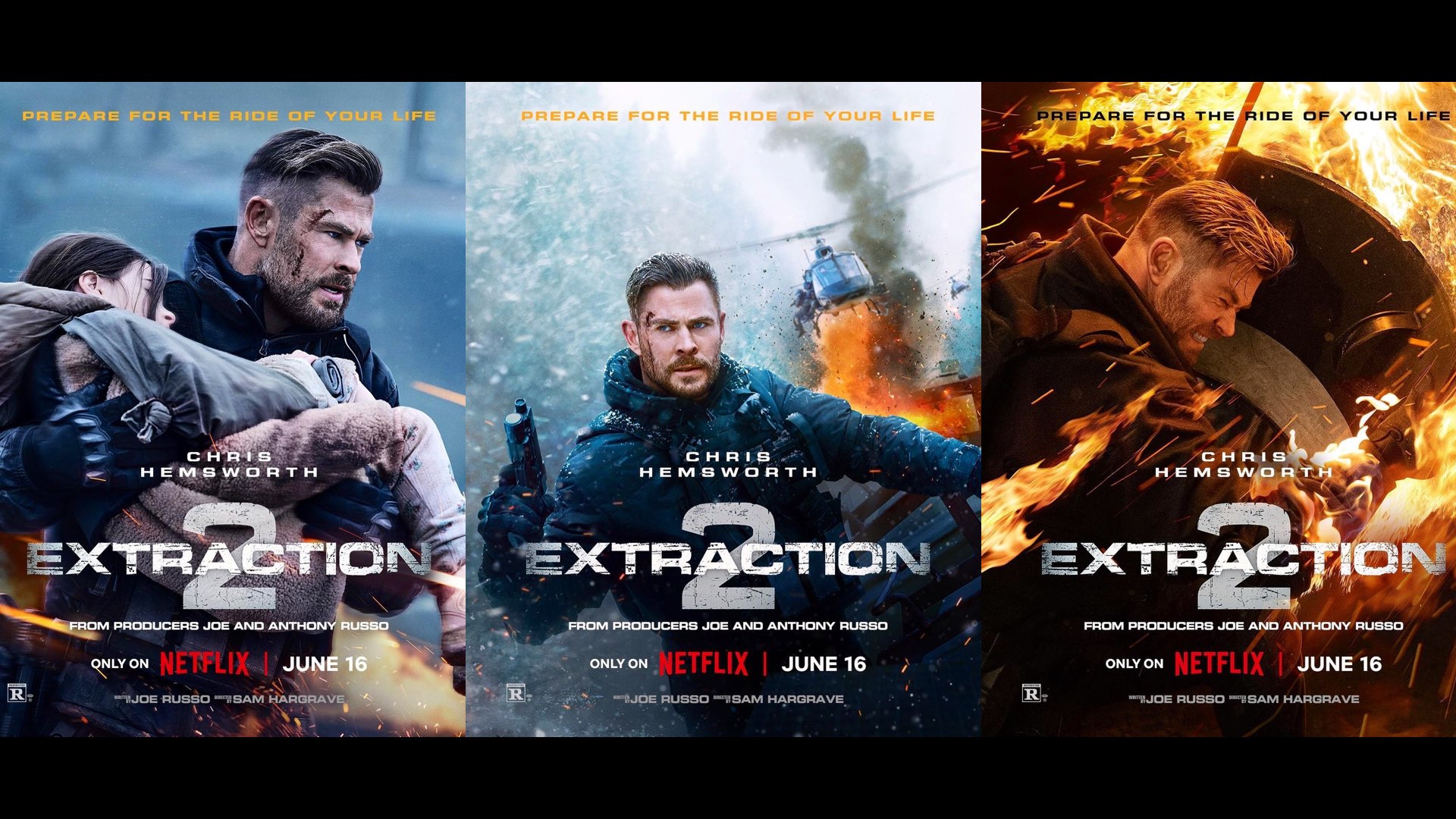
An extra-lengthy oner of 21 minutes long
Russo Brother’s Instagram post (dedicated to the release of the official trailer of Extraction 2) stated: “ What if we told you that all of these posters were from the same oner… a 21-minute long oner. Get ready…”. It seems that Extraction 2 is based on oners. We wrote tons of articles about the art of the long take, and surprisingly (or not), most of them were focused on the Netflix hit, Extraction. The Russos, combined with director and stuntman Sam Hargrave, wanted to push the cinematography to the limits. Shot (this time) on ARRI Mini LF, as a compact form factor high-end cinema camera, Hargrave has implemented many cinematography techniques from the first film, in order to elevate the time of the oner.
Long take multiple by 2(!)
A lot has been written about the long shot (oner) executed in Extraction 1, which lasts exactly 11 minutes and 29 seconds that are created from 36 different stitches (segments). However, it wasn’t enough for Hargrave. Indeed, those oners do a great job gluing the audience into the screen. If so, why not multiply that oner X2? As stated by Hargrave: “In Extraction 1 we had a major action sequence that felt like one continuous shot. We call that an oner. For Extraction 2, we’re pushing that even further with a sequence more intricate and extreme than before”.
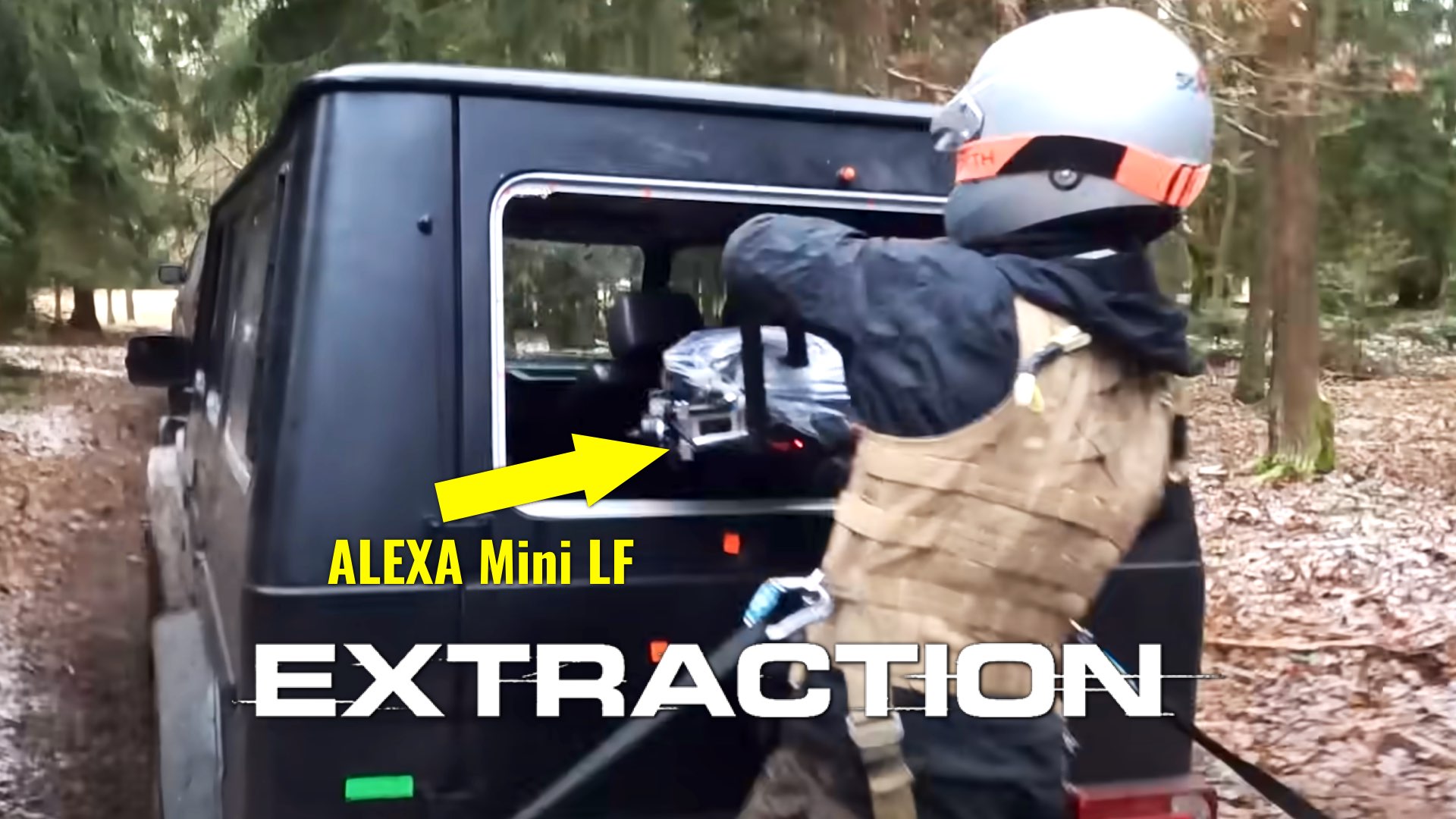
Moreover, in an interview held by Deadline with producers Joe and Anthony Russo, an intriguing fact was revealed. It appears that at first, ‘only’ a 14-minute shot was planned. However, this was extended to more than 21 minutes. “We build in certain stitch points where we could,” says Hargrave. “But in those broken-up pieces you still have sequences between 30 seconds and a minute-and-a-half. Sometimes there are 50, 60. 75 moves in a row with dozens of stunt performers. And it was at night, in the middle of winter. Chris had red ears and a red nose because he was freezing”.
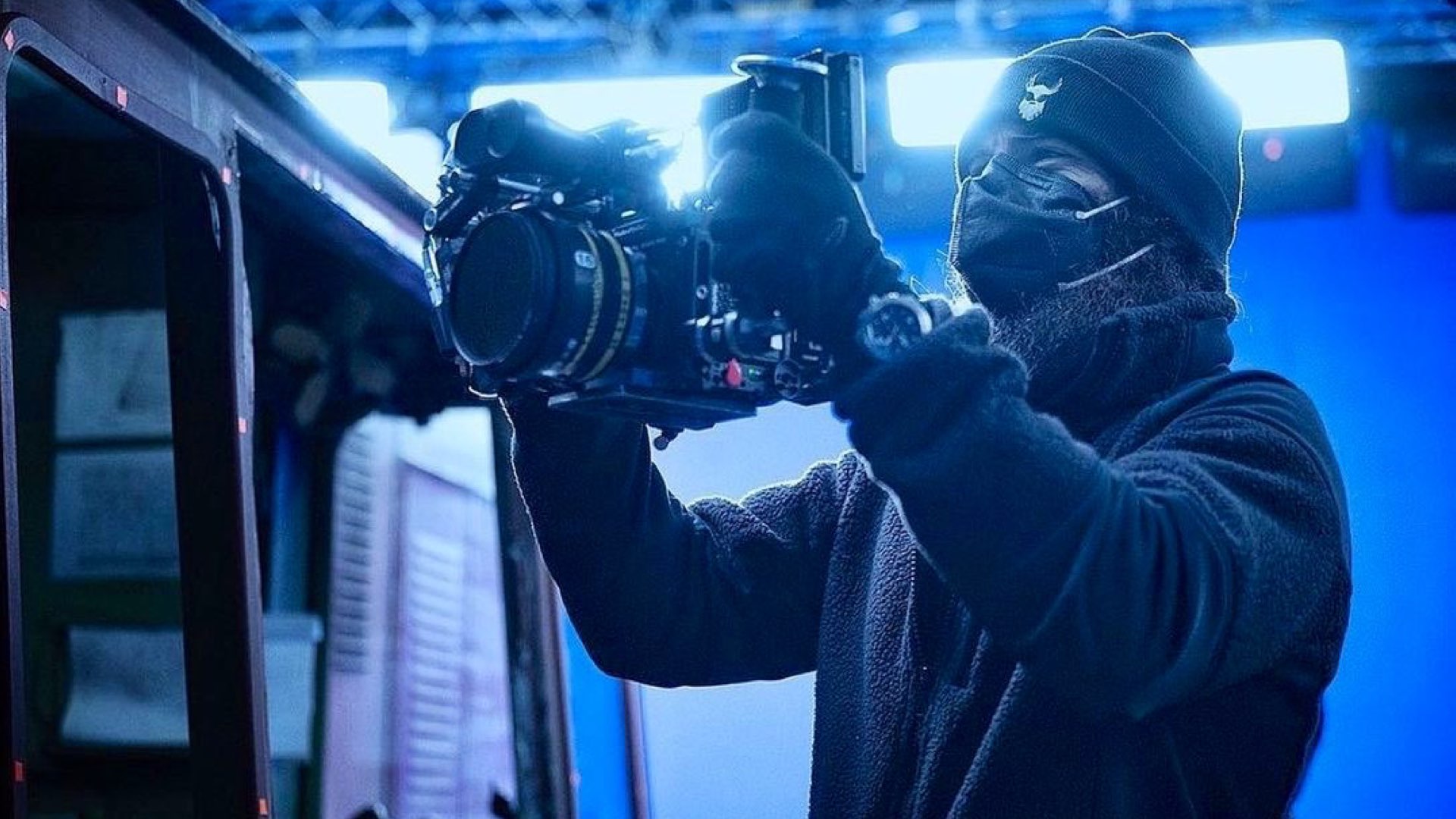
Complicated cinematography techniques
In Extraction 1, Hargrave utilized his knowledge and expertise as a former stuntman to execute complicated and dangerous kinetic camera moves in some sequences, stitching them to assemble those long takes. You can explore those similar techniques in the trailer. However, in Extraction 2 a helicopter was involved. For that, the team hired the master Fred North, which admitted that flying his helicopter on the Extractions 2 set was pretty much crazy. In the trailer, you can see the aircraft landing on a train near the camera, and then the camera operator continues to run on the train in the middle of the action. That sequence lasts about 30 seconds and then is stitched to another to create continuity. Therefore, Extraction 2 can be used as a reference to educate filmmakers on accurate sticking points to make a precise oner.
General guidelines for one-take cinematography
For those who want to create oners, explore the basic guidelines below:
- Stitching point: Stitch-point is the way to hide the moment the camera cuts and keep the continuous illusion going. An example of a stitching technique might be “Body-Crossing” in which a cut is hidden when a performer blocks the camera. Another common stitching point is using blacks as a transition.
- Motion blur: The goal is to blur the actor and thus reduce the seen differences between the actor and the stunt double. That will work when intense camera movements are applied. This technique is implemented mainly on fight scenes and allows for presenting continuity of the fight even if a stunt double and an actor are being switched.
- Technocrane to a handheld: Using a techno crane and then disconnecting the camera by switching to a handheld without any cuts. This technique can be executed with a drone instead of technocrane, however, it demands caution and planning.
- Using small handheld cameras and Steadicams: Mobility is a crucial factor in the one-take strategy. Thus, using cameras with a smaller form factor will significantly facilitate the process. For instance, the ARRI Mini LF that was used in 1917, helped Deakins pull off his vision regarding one-take cinematography. The same camera was used in Extraction 2. In Extraction 1, the RED Monstro was used, which also, has a convenient form factor for long takes.
- Utilization of natural light: Utilizing natural light instead of typical large lighting kits will assist you to maneuver the camera without removing heavy equipment during the shoot.
- Planning: The sequences should be meticulously planned, including shots, dialogs, location of crew, avoiding shadows and more.
- CGI: Sometimes, there’s no choice but to implement CGI for seamless transitions between shots.
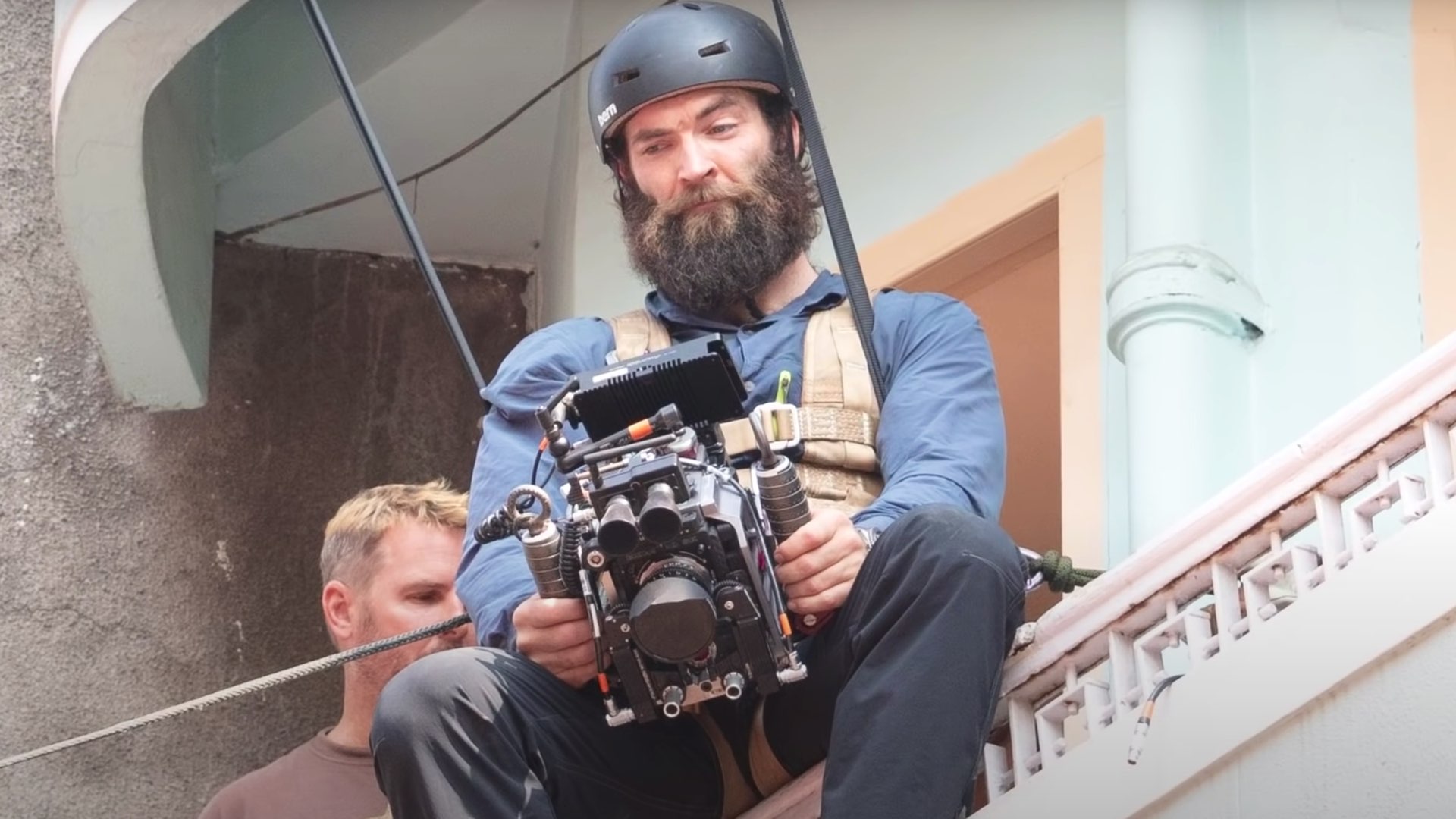
The most important factor is planning. Oners need to be meticulously planned, with maximum caution, and minimal improvisation. Anyway, enough taking! Check out the Extraction 2 trailer below. Try to find those ‘stitching points’ as a part of the oners:
Extraction 2 will be released by Netflix on June 16, 2023. We can’t wait.

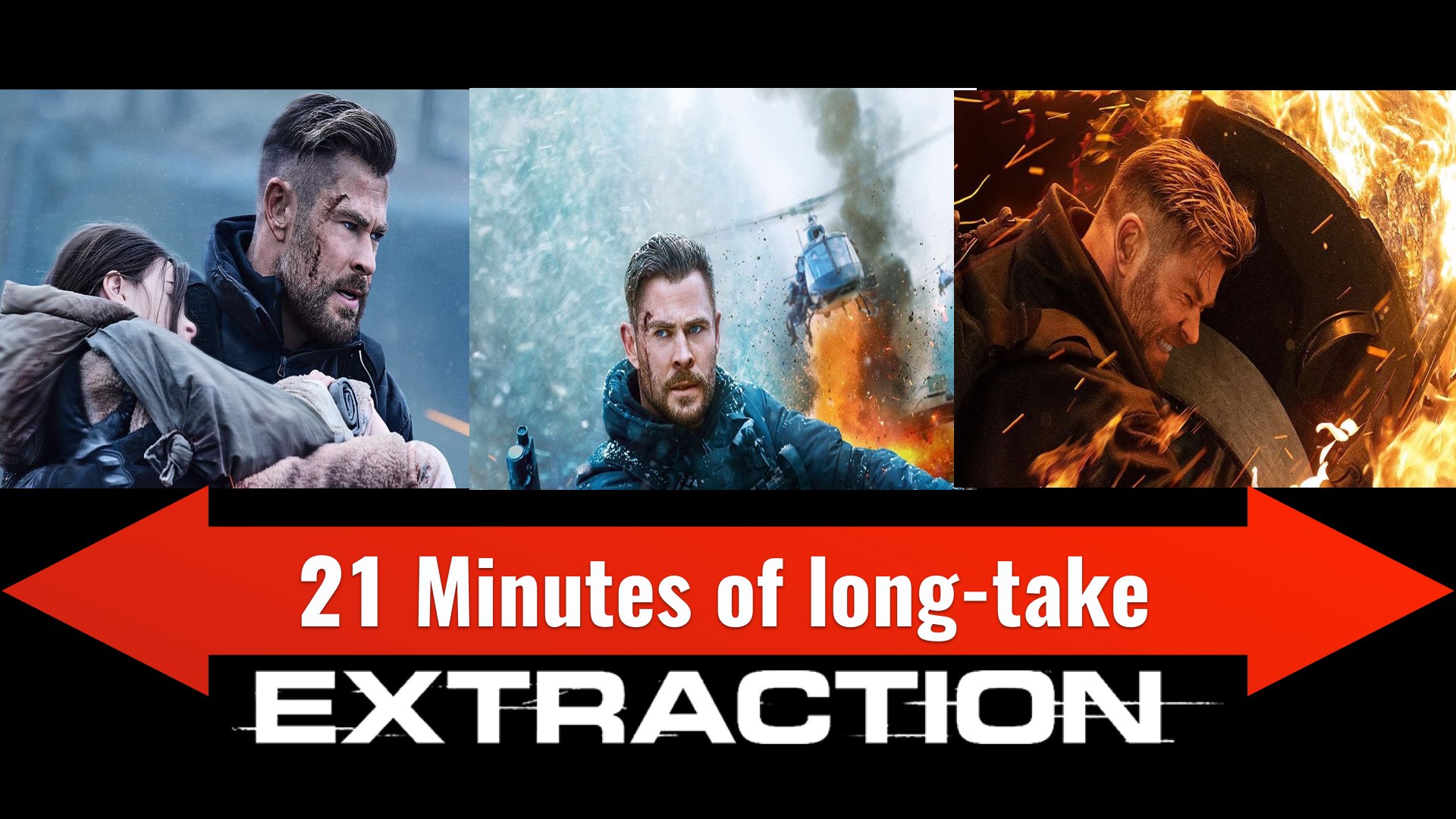

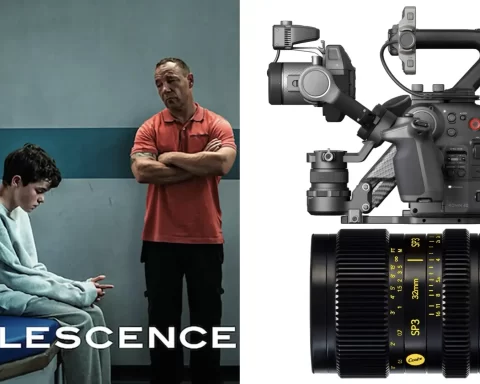
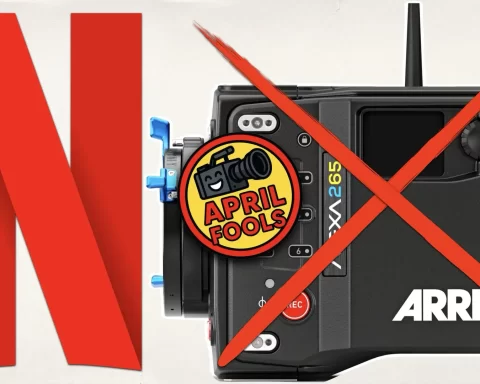
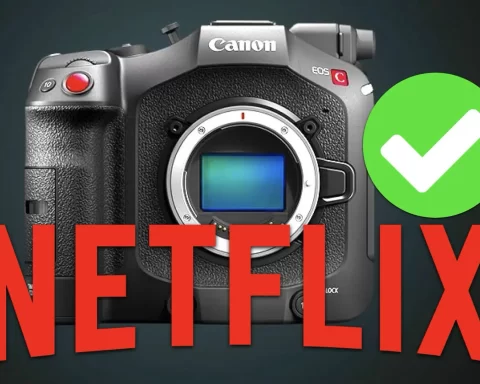
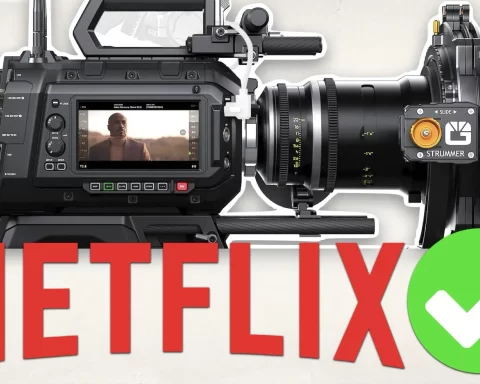
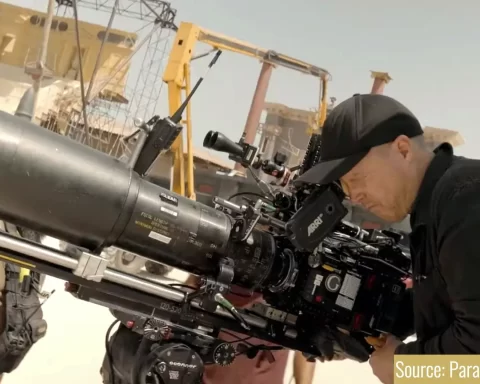

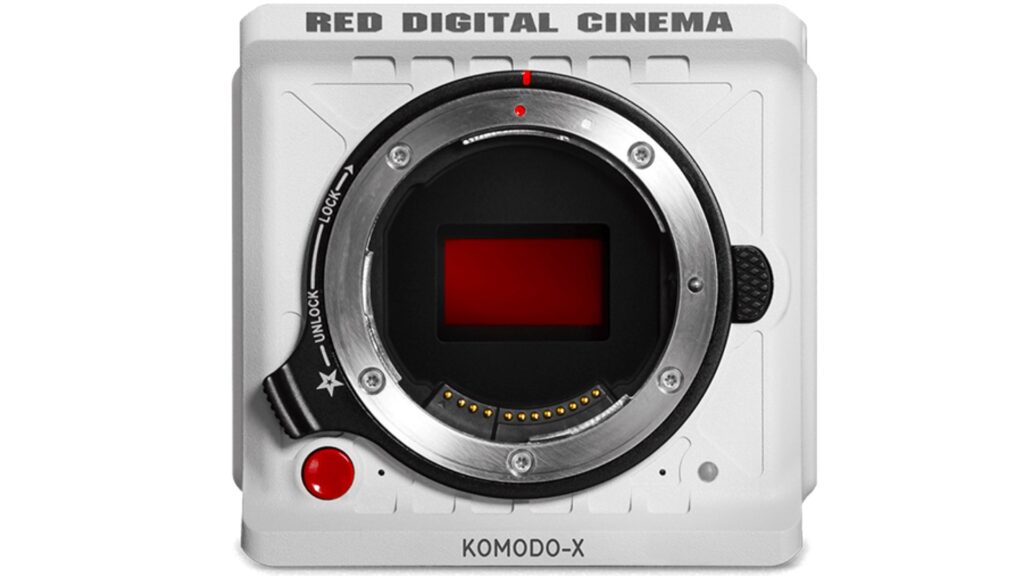
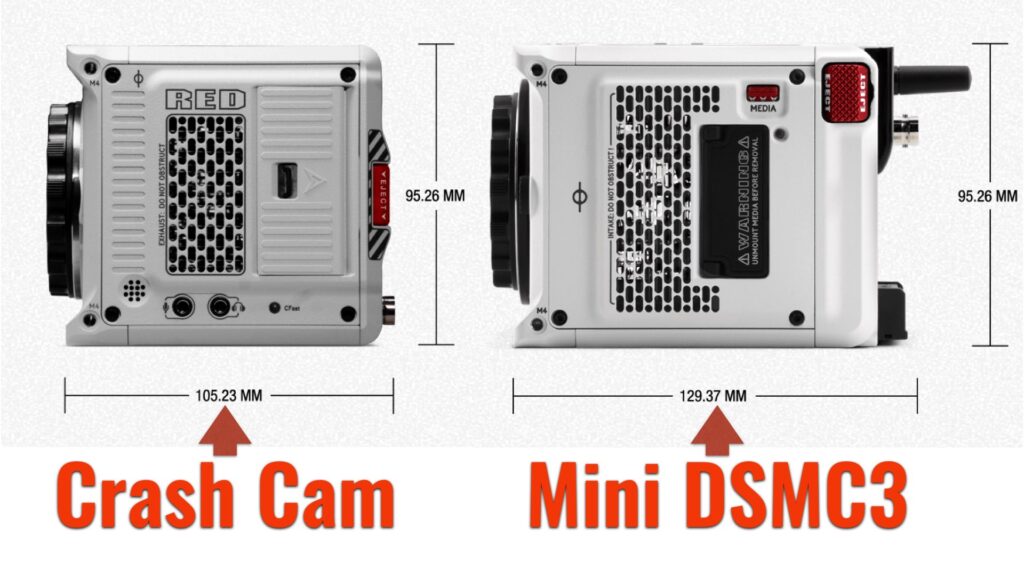
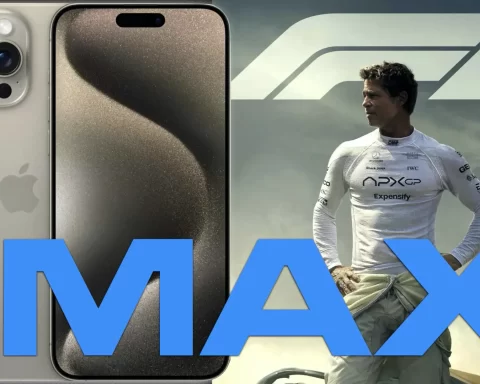
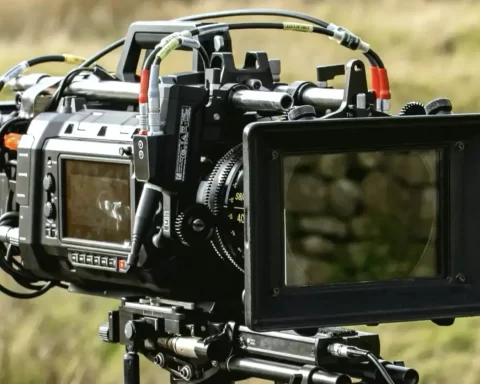

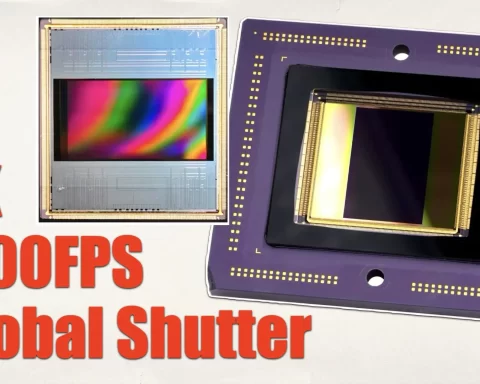


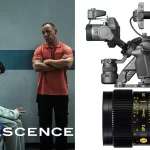
I more than appreciate the prep, cinematography, editing and direction it takes to make this film; however, I do not appreciate this being called a “Oner” because it is not. Don’t call it that and focus on the tools necessary to make it look like an actual oner. “Stitch-point is the way to hide the moment the camera cuts and keep the continuous illusion going”.
I loved the first film and I am a fan of the production team. I look forward to seeing the new film.
But again, keep it real.